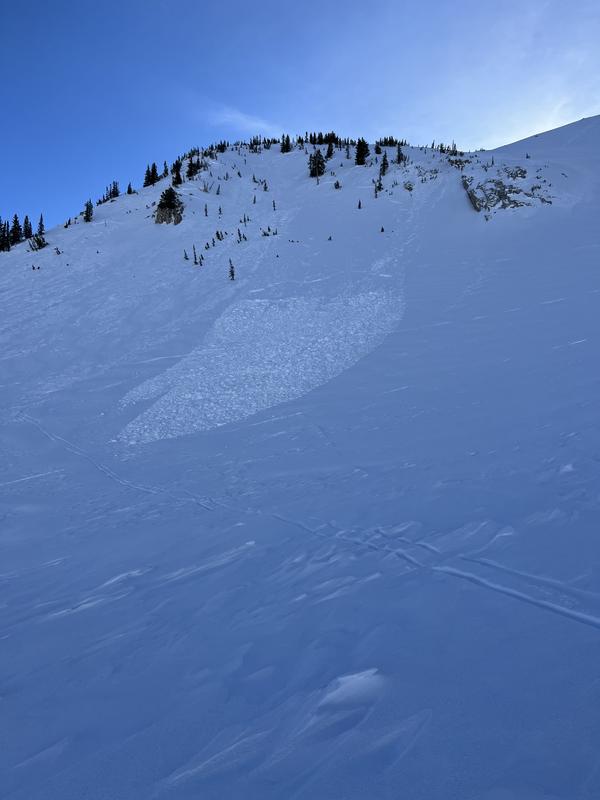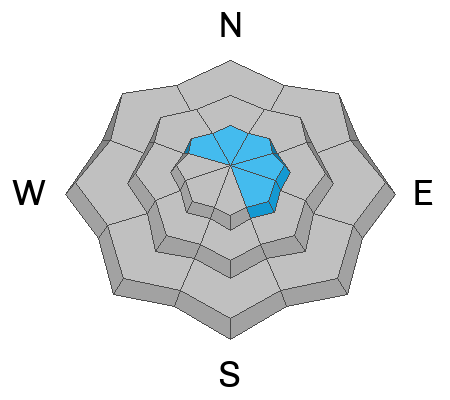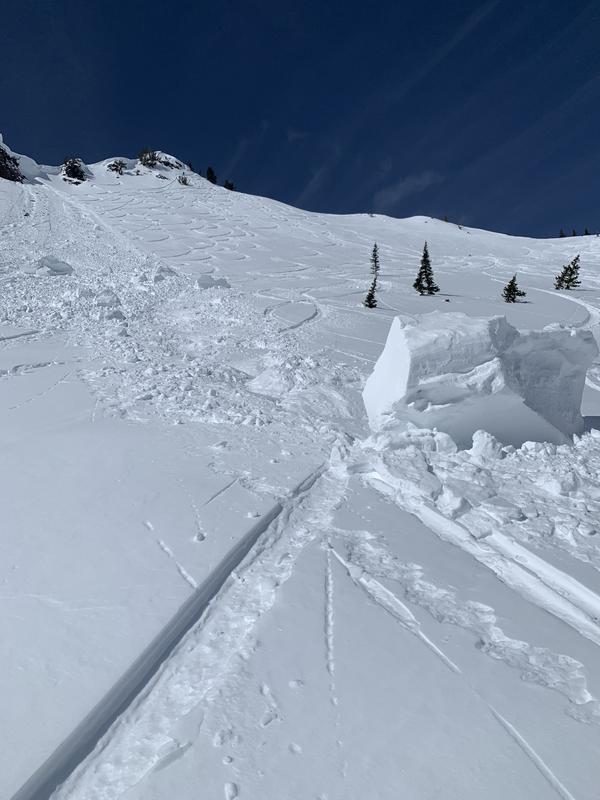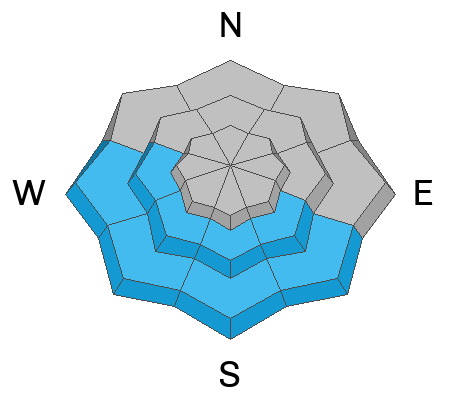Forecast for the Ogden Area Mountains

Issued by Greg Gagne on
Sunday morning, March 19, 2023
Sunday morning, March 19, 2023
The avalanche danger is MODERATE at the upper elevations on aspects facing northwest through northeast and southeast where you can trigger avalanches in recent and fresh slabs of wind-drifted snow. Watch for cracking as a sign of unstable conditions. The danger is LOW elsewhere.
Also watch for loose, wet avalanches if the snow surface becomes damp from warmer temperatures.
With heavy snowfall forecast beginning tonight, expect a rising avalanche danger on Monday and into this week.
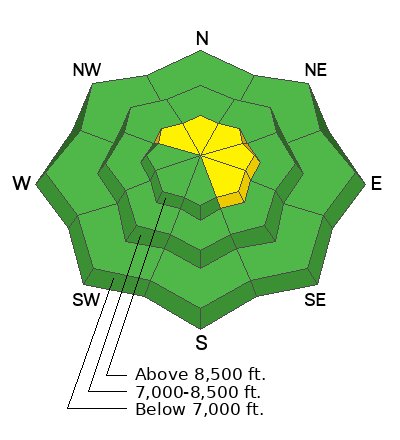
Low
Moderate
Considerable
High
Extreme
Learn how to read the forecast here


